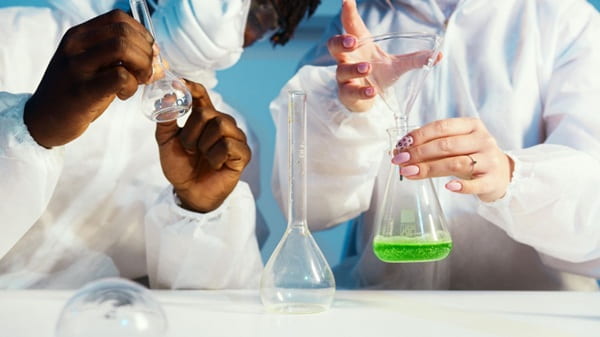A Quiet Journey Behind Everyday Medicine
Most people only see the final stage of medicine. They see a treatment on a shelf or a device in a clinic. They rarely think about the long process that brings it to life. Modern health comes from slow ideas, small steps, and steady work. It grows inside labs. It forms through curiosity. It becomes real through patient testing. This path shapes the medical solutions that improve lives.
Early Experiments That Spark New Ideas
The story often starts with simple questions. Scientists watch how cells behave. They study tiny shifts that guide larger patterns. They follow clues that hint at deeper rules. During this early work, they use many tools that include single cell library preparation within wider workflows. These tools help them read complex cell activity with more clarity. They reveal things that once stayed hidden.

This stage rarely looks dramatic. It builds a foundation. It helps researchers grasp the small pieces that shape living systems. It gives them material they can test and refine. It also brings hope that a small insight might grow into a real medical breakthrough.
Shaping Raw Insight Into Clear Concepts
When early results look promising, the work changes direction. Scientists sort through data. They look for patterns that repeat. They remove noise. They form simple models that explain what they see. These models turn raw insight into clear and testable ideas.
This is a turning point. The work now feels more focused. Teams test each idea in the lab. They study how cells respond. They look for early signs of value. They also track any unexpected effects. This helps them decide which ideas move forward. It also prevents weak concepts from wasting time.
This stage forms the backbone of future therapies. It gives structure to discovery. It guides the development of ideas that matter.
Tools That Support Precision and Clean Results
Modern research depends on precise tools. These tools keep conditions steady. They track tiny details. They remove simple errors. They give scientists more trust in every step. This precision shapes stronger results. It also pushes ideas toward safer medical solutions.
Automation plays a growing role. It manages repetitive tasks. It frees scientists for deeper thinking. It keeps timing tight. It holds workflows together. This gives each experiment a consistent base.
Tools like high-resolution imaging, automated liquid handling, and accurate measurement systems help researchers study reactions that once stayed out of reach. These tools give each idea more structure. They help turn careful lab work into real medical solutions.
Testing That Brings Real-World Insight
After an idea clears early tests, scientists run it through more complex conditions. They want to see how it behaves over time. They want to know if it stays stable. They study how it reacts to different environments. This adds depth to their understanding. It also helps them forecast how the idea might behave in real use.
Teams adjust the design when needed. They refine weak areas. They keep an eye on safety. This testing forms the bridge between discovery and applied science. It anchors new ideas in real-world conditions. It builds confidence before the project moves forward.
This phase reveals which ideas can survive the next steps. It also brings clarity to how the idea might help patients in the future.
Exploring How Ideas Behave in Living Systems
Once an idea shows strong potential, it must face even deeper testing. Scientists now observe how it interacts with living tissue. They monitor reactions. They track timing. They watch for long-term effects. This stage opens a new view of how the idea works in dynamic systems.
Doctors and researchers often work together at this point. They compare notes. They watch early outcomes. They refine instructions. This teamwork shapes a smoother path toward medical use. It turns a lab concept into something that makes sense in practice.
This testing protects patients. It strengthens trust. It builds a base for safe solutions.
Preparing Solutions for Large-Scale Use
When an idea passes major testing, the focus shifts to scale. Teams must check how the product behaves during production. They prepare strict standards. They design safe workflows. They choose materials that stay stable. Each choice supports patient safety.
Manufacturing introduces new challenges. Conditions must stay consistent. Tools must stay clean. The product must match exact requirements. Teams test each batch with care. They watch every detail.
This stage brings science into daily life. It allows doctors to use solutions that feel stable and reliable.
Guidance That Helps Patients Use New Treatments with Confidence
Once a medical solution enters the world, communication becomes vital. Patients need clear instructions. Doctors need solid guidance. This helps everyone use the treatment safely. It also builds trust.
Science supports every part of this communication. It shapes warnings. It shapes instructions. It shapes updates that follow new findings. Feedback from clinics feeds back into research. This helps refine future versions.
Clear guidance gives patients confidence. It makes science feel human. It strengthens the full cycle of medical care.
A Path Built on Steady Progress
The journey from discovery to medical use may look slow, but it is steady. It reflects care, focus, and strong tools. It blends curiosity with caution. It connects lab thinking with human needs. Each stage supports the next.
This path shapes safer treatments. It supports doctors. It protects patients. It builds a future where scientific insight turns into real help for people who need it.